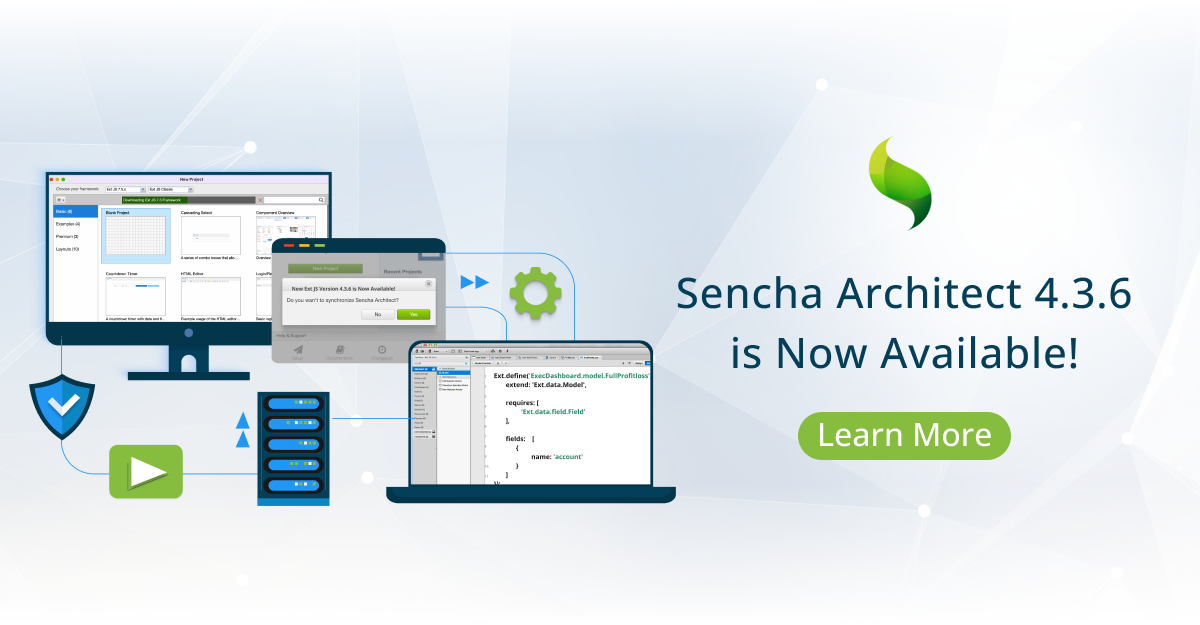Apple iOS 5: HTML5 Developer Scorecard
 Whenever a new device or mobile operating system comes out, we do our HTML5 Developer Scorecard to help folks who are building mobile web apps understand how to take advantage of these new devices. In early October, iOS 5 (and the iPhone 4S) was released. In our last few reviews, iOS has come head and shoulders above other device platforms as the best platform for HTML5 developers. High performance, hardware accelerated rendering, super quick JavaScript, and speed of adoption of new HTML5 features, it’s been the best platform to build modern web apps on.
Whenever a new device or mobile operating system comes out, we do our HTML5 Developer Scorecard to help folks who are building mobile web apps understand how to take advantage of these new devices. In early October, iOS 5 (and the iPhone 4S) was released. In our last few reviews, iOS has come head and shoulders above other device platforms as the best platform for HTML5 developers. High performance, hardware accelerated rendering, super quick JavaScript, and speed of adoption of new HTML5 features, it’s been the best platform to build modern web apps on.
“Mobile Safari continues to hold the crown as the best mobile browser, providing the best HTML5 developer platform.”
The latest Mobile Safari on iOS 5 continues in that tradition. Mobile Safari continues to hold the crown as the best mobile browser, providing the best HTML5 developer platform as well as adding new features and improving others.
As usual, we looked at the basics of the browser: JavaScript and HTML/CSS rendering. For raw JavaScript execution speed, iOS 5 (with the iPhone 4S) isn’t much of a surprise and looks a lot like any other dual-core mobile device (such as the PlayBook and the iPad 2). It scored 2,275ms on the SunSpider benchmark: a solid score, but nothing new in the current hardware landscape. Things that iOS was good at continued to be good, such as smooth and fast hardware accelerated CSS3 transitions and animations. Our typical Sencha Animator tests ran smoothly and continued to render at a higher frame-rate than any other mobile device we’ve seen.
Given how good Mobile Safari has been, we didn’t run the browser through the usual paces we would have. Instead for this HTML5 Developer Scorecard, we took a look at the things that are new or better on the latest Mobile Safari:
* Canvas is crazy fast. In iOS 5, Canvas is between 5x – 8x faster. We tried two examples to see this work. First, the IE HTML5 “Speed Reading”:http://ie.microsoft.com/testdrive/Performance/SpeedReading/default.html Test. In iOS 4.x, the draw durations last roughly ~850ms, versus iOS 5, where they are a constant 10ms. Since that might be too synthetic, we also tried the Flash Canvas “image manipulation benchmark”:http://flashcanvas.net/examples/accelart.jp/blog/CanvasBench/CanvasBenchFlashCanvas.html. It reports the number of milliseconds the manipulation sequence takes. On iOS 4.x, this was ~19,000ms, but on iOS 5 it reported ~450ms. As with all benchmarks, take the result with a grain of salt, but for game developers building on Canvas, iOS 5 is a *much* more attractive platform for graphics.
*  WebGL is supported. Sort of. If you’re an iAd developer, you can use WebGL in your ads, but you can’t use it through Mobile Safari or through a wrapped UIWebView. This is a limitation put in place intentionally by Apple as it’s possible to “work around”:http://atnan.com/blog/2011/11/03/enabling-and-using-webgl-on-ios/ the restriction in a wrapped UIWebView, but only by linking to private APIs — which means you can’t submit the resulting app to the app store.
WebGL is supported. Sort of. If you’re an iAd developer, you can use WebGL in your ads, but you can’t use it through Mobile Safari or through a wrapped UIWebView. This is a limitation put in place intentionally by Apple as it’s possible to “work around”:http://atnan.com/blog/2011/11/03/enabling-and-using-webgl-on-ios/ the restriction in a wrapped UIWebView, but only by linking to private APIs — which means you can’t submit the resulting app to the app store.
* You can use compass directions! The DeviceOrientationEvent now supports compass headings via a new webkitCompassHeading property. The property gives you the device’s orientation relative to magnetic north. Check out James’ “sample”:http://jamesgpearce.github.com/compios5/ on your iOS 5 device to see it working.
* Better CSS position and overflow support. In iOS 5, position: fixed and overflow: scroll both work. If you’re looking to add some scrollable areas with native feeling bounce, you can now do it with these CSS properties. You don’t get a ton of control but if you’re looking to have a scrollable area in your web app, this is a really quick way to get it. There’s also a special iOS property, -webkit-overflow-scrolling: touch, which changes the scroll behavior to be more “iPhone”-like.
* WebWorkers work! In our testing we confirmed that WebWorkers — the API to let you spin up background “threads” is now enabled in iOS 5. It makes sense that this arrives just as the iPhone goes multi-core. This is great for developers who need to do some background processing in their application. That can be data updates to a server, or preprocessing some information, or anything else you can imagine when you don’t want to block the main browser UI thread. Now that iOS 5 has support for the API, we’re interested to see how it’ll end up being used in mobile (and in using it ourselves).
* HTML5 form fields are supported, including number, range, and date picker. This is great for an HTML5 developer because iOS now opens the appropriate on-screen keyboard based on the input tag type.
* XmlHttpRequest, level 2 is supported. Anybody who builds complex apps that use XHR to talk to a server is used to the hacks that XHR level 1 required. In iOS 5, XHR level 2 is supported so you can use capabilities like cross-origin support, binary data support, and more.
 Mobile Safari in iOS 5 continues Apple’s tradition of delivering a first class browser and innovating in device APIs. Of course, there are more we’d like to see soon, primarily the MediaCapture APIs so web developers can get better access to the device camera. We’re particularly happy about the super-fast Canvas and really interested to see what developers will do with WebWorker support in mobile.
Mobile Safari in iOS 5 continues Apple’s tradition of delivering a first class browser and innovating in device APIs. Of course, there are more we’d like to see soon, primarily the MediaCapture APIs so web developers can get better access to the device camera. We’re particularly happy about the super-fast Canvas and really interested to see what developers will do with WebWorker support in mobile.

We’re excited to announce the official release of Rapid Ext JS 1.0, a revolutionary low-code…

The Sencha team is pleased to announce the availability of Sencha Architect version 4.3.6. Building…

Sencha, a leader in JavaScript developer tools for building cross-platform and enterprise web applications, is…












